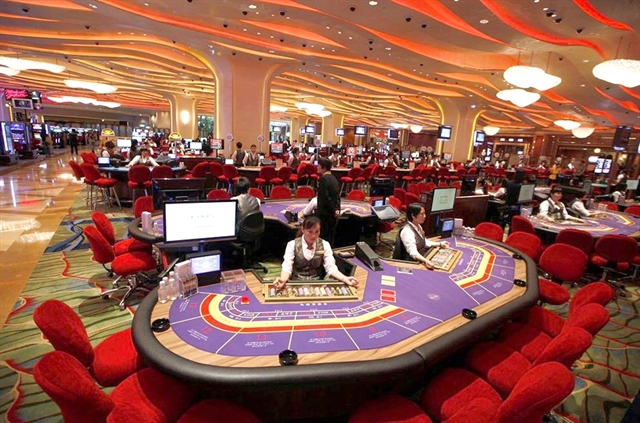 Society
Society

 |
| Hà Nội sets a roadmap for the development and transition of green energy buses in Hà Nội between 2026-2035. — VNA/VNS Photo |
HÀ NỘI — The city of Hà Nội plans to change half of its bus fleet into electric buses or to use liquefied natural gas/compressed natural gas (LNG/CNG) buses starting as soon as the vehicles reach the end of their useful life.
It also proposes to push on with other tandem solution for greening the fleet, aiming for 100 per cent of buses in the city to be using electric or green energy by 2035.
Nguyễn Mạnh Quyền, vice chairman of the Hà Nội People's Committee, has recently signed Decision No. 6004/QĐ-UBND, approving the Proposal for the Development of a Public Transport System Using Electric and Green Energy Buses in the City.
This proposal outlines a roadmap for the development and transition of green energy buses in Hà Nội during the 2026-2035 period, following the roadmap approved by the Prime Minister in Decision No. 876/QĐ-TTg in 2022.
Based on the proposals of transport companies and approval by the Hà Nội People's Committee, in early next year, four transport companies of Hà Nội Transport Corporation, Newway Joint Stock Company, Hải Vân International Transport Joint Venture Company, and Bảo Yến Tourism and Service Construction Company will invest in and operate five pilot electric bus routes using 76 buses - 11 are small buses and 65 are medium-sized ones.
This will help establish benchmarks and costs for small and medium-sized electric buses.
Additionally, for bus routes with contracts expiring in 2025, vehicles with expired diesel buses will be replaced with large electric buses, as benchmarks and costs for large electric buses have already been established.
For example, Route No. 34 is expected to be converted with a total of 27 buses.
From 2026 onwards, the city is expected to issue full technical and economic benchmarks for all types of electric buses. Transport companies will then proceed to replace vehicles that have reached the end of their depreciation period (ten years) according to the actual usage period of each route.
The number of vehicles replaced will be based on the current operational targets of the routes and the available types of electric buses in the market. The total number of vehicles to be converted during the 2026–2030 period is estimated to be 1,813.
The conversion rate of vehicles to electric and green energy is expected to reach 93.4 per cent by 2030.
For the 2031–2035 period, a total of 238 vehicles are expected to be replaced and by 2035, the conversion rate of vehicles to electric and green energy will reach 100 per cent.
The Department of Transport is assigned as the lead agency responsible for advising, directing, monitoring and evaluating the implementation of the proposal, as well as issuing plans to detail the roadmap and conversion rates for the following year by July 31 each year.
The department will also co-ordinate with relevant units to build and approve economic and technical benchmarks for electric and green energy buses, based on pilot proposals for current or new bus routes, provided they meet regulatory conditions.
The department is required to accelerate the development and implementation of a Smart Transportation Proposal for the smart city initiative, including a unified electronic ticketing system for public transport.
District-level localities will prepare local land-use plans to identify areas for charging stations for electric and green energy vehicles and will also collaborate with relevant departments to develop the green energy public transport system in their areas.
Transport service companies operating public buses in Hà Nội are required to work closely with the Department of Transport to proactively develop plans and specific roadmaps for transitioning existing vehicles and investing in new electric and green energy buses, ensuring they meet the common goals and timelines outlined in the proposal. — VNS




